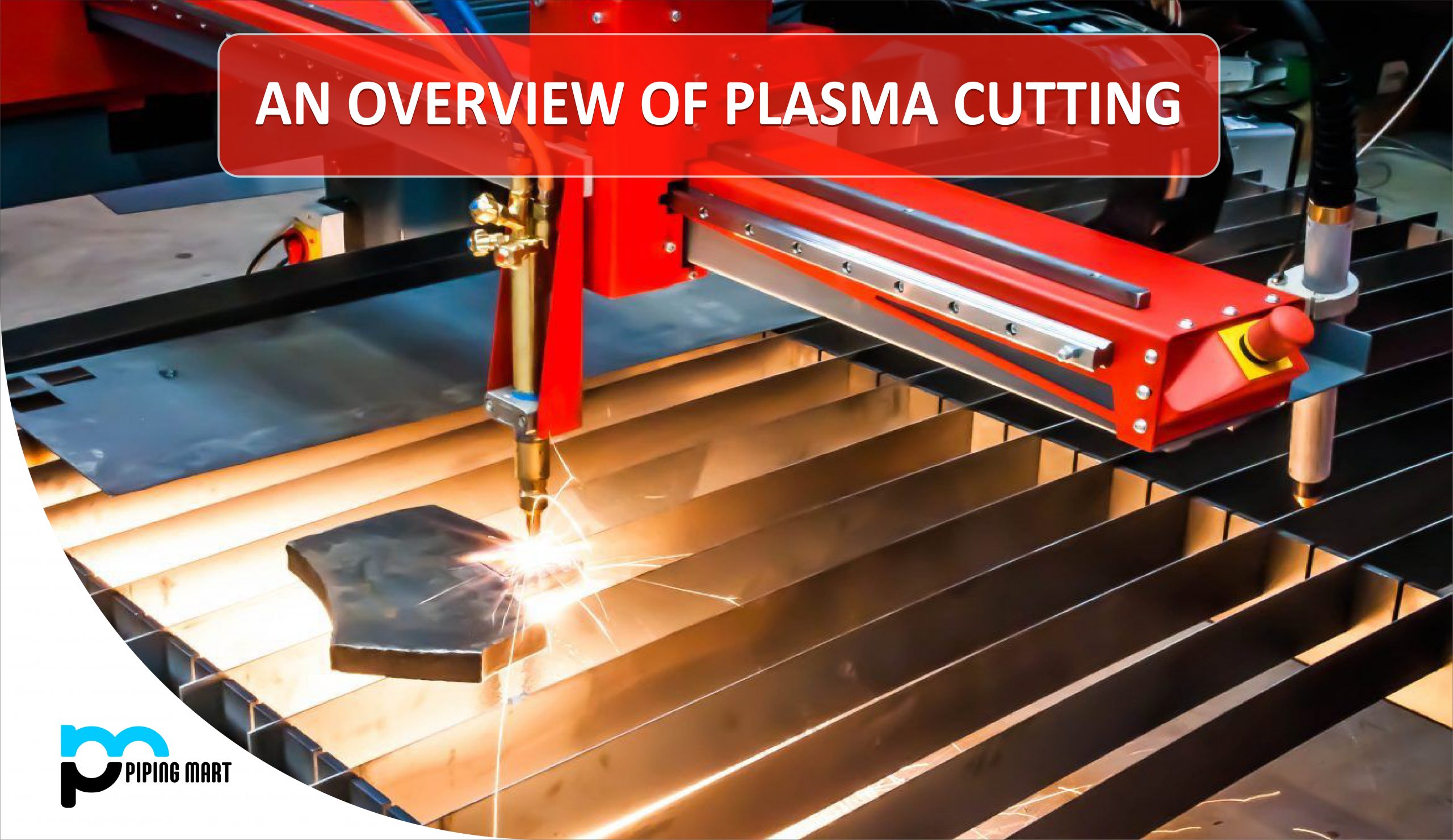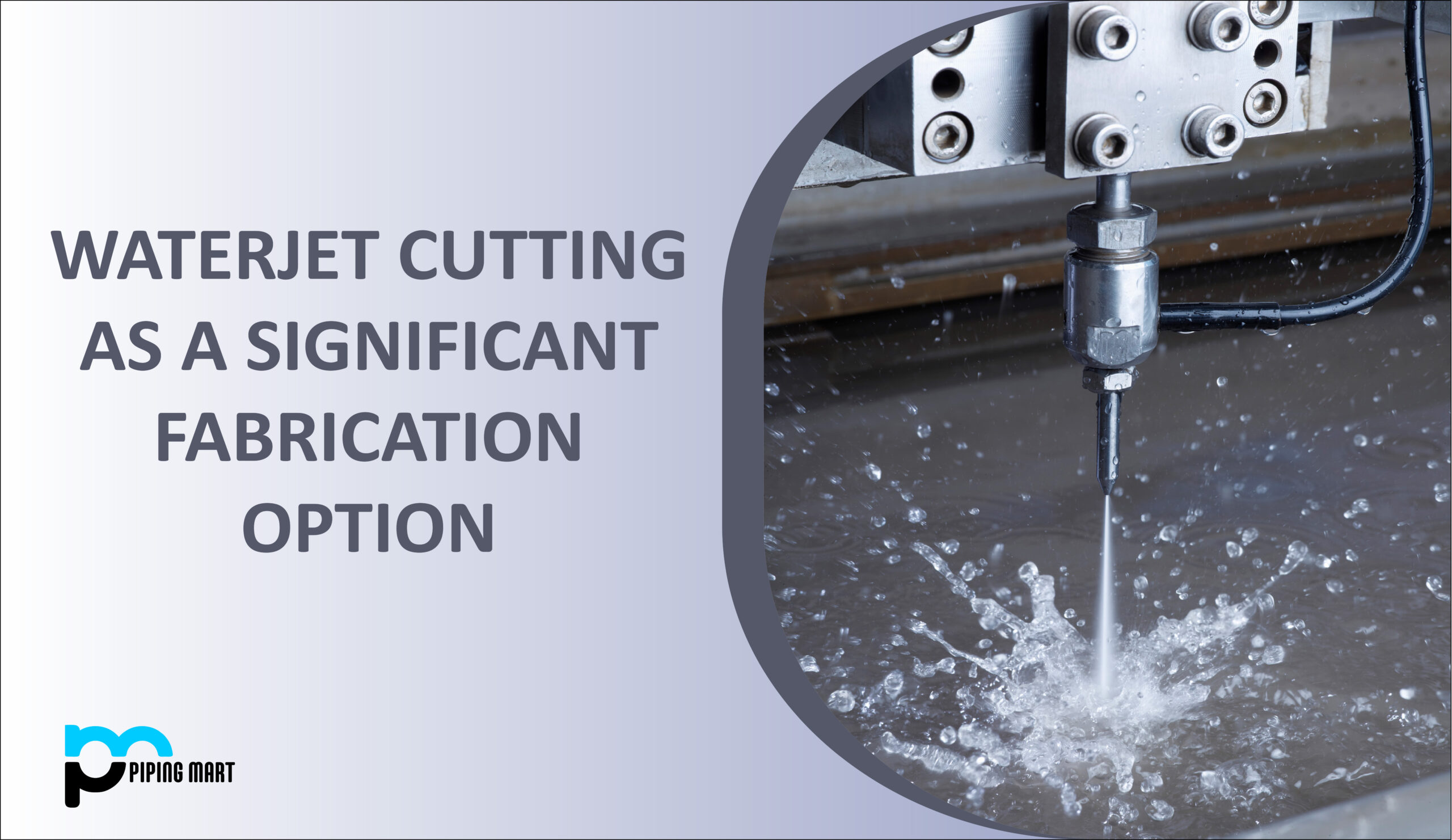Cladded plates, also called clad plates or overlay plates, are composite materials made by bonding different metals or alloys onto a base metal plate. This process creates a layered structure that provides unique properties and benefits for various industrial applications. This blog will explore what cladded plates are, their different types, and their uses and applications. Whether you are a manufacturer, an engineer, or just a curious reader, this article will give you an expert’s insight into the world of cladded plates.
What is Cladded Plates?
Cladded Plates refer to a composite material comprising two separate metals bonded together with a third outer layer. It is commonly used for industrial applications due to its lightweight, corrosion-resistant, and excellent heat conduction characteristics. The inner core metal is usually an alloy or stainless steel, while the outer cladding layer can vary from titanium, aluminium or even lead, depending on the purpose. The cladding layer protects the inner core from external damage while providing additional benefits such as low noise levels and improved electrical insulation properties.
Types of Cladded Plates
There are several types of cladding plates, each with its characteristics and advantages. Here are some examples:
Explosion-bonded cladded plates: This cladding involves using explosives to create a high-speed collision between the base metal and the cladding material. The resulting bond is strong and durable, making it suitable for high-stress applications, such as oil and gas pipelines, chemical reactors, and heat exchangers.
Weld overlay cladding plates: This type of cladding involves using welding techniques, such as gas tungsten arc welding (GTAW) or gas metal arc welding (GMAW), to bond the cladding material to the base metal. This method is more versatile and cost-effective than explosion bonding, but it requires skilled welders and can produce lower-quality bonds.
Roll-bonded cladded plates: This cladding involves cold-rolling the cladding material onto the base metal plate, resulting in a metallurgically bonded interface. This method is suitable for applications where corrosion resistance or thermal conductivity is needed, such as in the food industry, shipbuilding, or power generation.
Uses and Applications of Cladded Plates
Cladded plates can be found in various industries, including:
Oil and gas: Cladded plates are used in pipes, vessels, and tanks transporting or storing oil, gas, or chemicals. The corrosion resistance and high-strength properties of cladded plates make them ideal for these applications.
Aerospace: Cladded plates are used in aircraft structures, such as wings, fuselages, and engine components. The lightweight and high-temperature properties of cladded plates are essential for these applications.
Food processing: Cladded plates are used in equipment that handles food and beverages, such as tanks, heat exchangers, and pipes. The hygienic and non-reactive properties of cladded plates make them safe and reliable for these applications.
Power generation: Cladded plates are used in power plant equipment, such as boilers, heat exchangers, and turbine blades. The corrosion resistance and thermal conductivity properties of cladded plates make them efficient and durable for these applications.
Advantages and Challenges of Cladded Plates
Cladded plates offer several advantages over solid metal plates, such as:
Enhanced properties: Cladding can improve the corrosion resistance, wear resistance, thermal conductivity, or electrical conductivity of the base metal plate, depending on the cladding material.
Cost savings: Cladding can reduce the amount of expensive alloys or metals needed for specific applications while still providing the required properties.
Design flexibility: Cladding can create customized materials that meet the specific requirements of each application, such as strength, thickness, and shape.
However, cladding also presents some challenges, such as:
Quality control: Cladding requires precise control over the bonding parameters, such as temperature, pressure, and surface preparation, to ensure a high-quality bond.
Maintenance: Cladded plates may require specialized maintenance, such as recoating, re-lining, or re-cladding, to maintain their properties and avoid degradation over time.
Conclusion:
Cladded plates are complex and versatile materials with unique properties and benefits for various industrial applications. Cladding can provide a tailored solution that meets your needs, whether you are looking for corrosion resistance, wear resistance, thermal conductivity, or design flexibility. However, cladding also requires expertise, quality control, and maintenance to ensure a reliable and long-lasting performance. If you are interested in using cladded plates for your next project, consult an expert in cladding technology to find the best solution for your application.

A passionate metal industry expert and blogger. With over 5 years of experience in the field, Palak brings a wealth of knowledge and insight to her writing. Whether discussing the latest trends in the metal industry or sharing tips, she is dedicated to helping others succeed in the metal industry.




